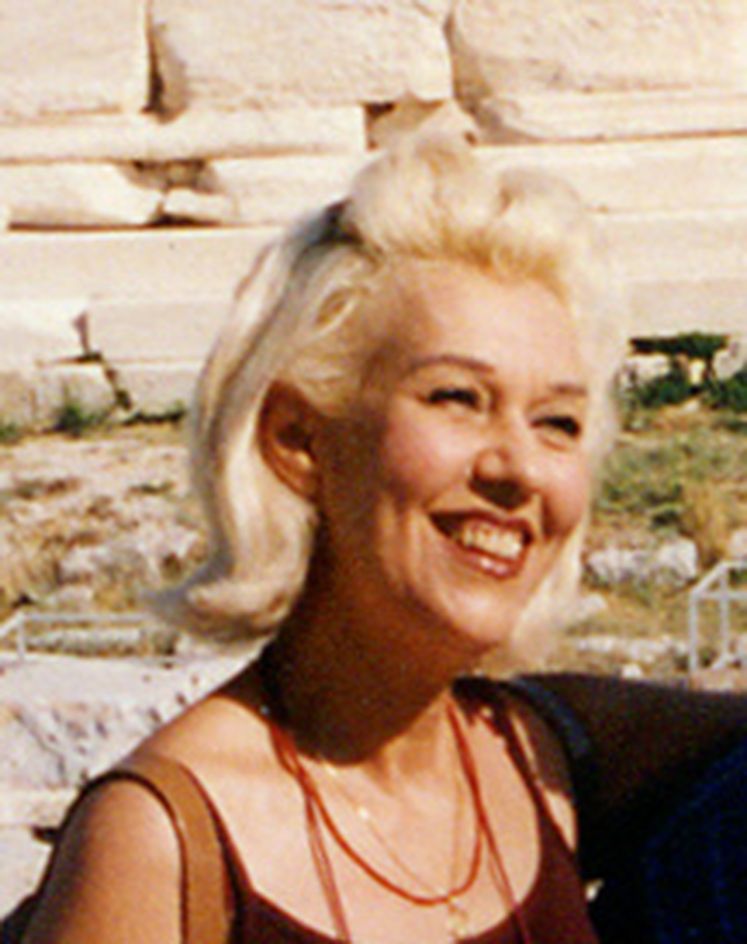 | Born in 1943 in (République fédérative du Brésil) Lives and works in Roma (Italy ) | Biographie Bibliographie Liste expositions |
 | Born in 1943 in (République fédérative du Brésil) Lives and works in Roma (Italy ) | Biographie Bibliographie Liste expositions |
Cybèle Varela began painting as an adolescent and at the age of 16, her work was recognised by the prize of the National Museum of Art in Rio de Janeiro. But her formal artistic studies took place from 1962 to 1966 with visuals arts classes at the Rio de Janeiro Museum of Modern Art. During the same time, she participated in several exhibitions in private galleries as well as museums and public institutions. Among the many prizes she received was the Young Contemporary Art Award of the São Paulo Contemporary Art Museum.
In Brazil, Varela quickly became one of the representatives of the carioca avant-garde which was influenced by U.S. Pop Art. Working with industrial paint on wood, she addressed subjects related to urban landscapes and their impact on human beings.
According to Frederico Morais, the artist was in fact identifying and challenging hackneyed images of Brazil. Ironically, these paintings served to infuse the Brazilian landscapes with a naïve poetry through the use of lively colours, and the dazzle of her overly thick brushstrokes. In this way, she criticised a watered-down vision of Brazil.
Between 1968 and 1978, Varela settled in Paris. Two grants allowed her to study at the École du Louvre from 1971 to 1972 and over the next two years, she was a resident at the Cité Internationale des Arts. In 1975, she participated in the ’30 Créateurs – Sélection 75’ exhibition, where she was the only woman and the youngest artist, alongside well-known figures such as Pierre Soulages and Arman. During her last two years in Paris, she pursued graduate studies at the École Pratique des Hautes Études and then moved to Geneva, Switzerland.
Varela’s work became more introspective during her stay in Paris, as the change of scene and the memory of her own country made her more aware of her isolation in face of her vast natural surroundings. ‘I eliminated all the human figures and let nature sing’ [1].
Varela has made painting her basic technique while appropriating other media. Through video and photography, she has turned her exploration towards questions of time and appearance. This approach is visible, notably in Images (1976), a video in which the artist analyses light rays and their deconstruction in space. She proceeds in the same way for the realisation of her paintings. Her work is based on a method of reading the light: the ‘structuring of the light ray and distribution of the shadows’ [2].
In 1980, Varela changed her treatment of the frame: ‘The artist now projects us into the immensity of the sky, as if we were in the cockpit of a high-altitude airplane’ [3].Since the beginning of the 21st century, she has decided to reintroduce human figures in her pieces and is developing her work along Pop-Surrealistic lines while continuing to do installations.
Priscilia Marques
Translated by Miriam Rosen
[1] RESTANY Pierre, VARELA Cybèle, Cybèle Varela : Surroundings : pinturas, fotos, desenhos, video : Museu Nacional de Belas Artes, Rio de Janeiro, septembre-octobre 2003.
[2] Op. cit, p.36.
[3] Op. cit, p.8.